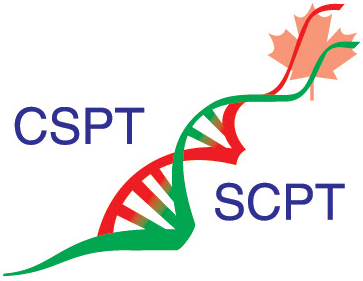Wild Type
Definition:
Wild Type is the term used to designate the predominant phenotype of a particular trait as it occurs in nature. While originally thought of as the “natural” (i.e. non-mutated) expression of the gene, it is now evident that there is considerable allelic variation for most genes and thus wild type is used to designate the most common or predominant phenotype associated with that gene.
Relevance:
The appreciation that allelic variation can have consequences on drug disposition and response is predicated on comparing drug disposition and response in persons have the allelic variation in question versus those who do not, with those who do not typically being considered “wild type”. This is a key concept in understanding the impact and application of pharmacogenetics and pharmacogenomics on therapy.
Of importance, what constitutes wild type can in some cases vary between populations notably populations which are relatively homogenous. This can be impactful in terms of therapeutic recommendations.
Examples of Wild Type versus Clinically Impactful Alternate Phenotypes:
Thiopurine methyltransferase (TPMT) is an important isozyme involved in the metabolism of purine analogues used clinically to treat inflammatory disease and cancer. It is know to exist in two forms, normal metabolizer or wild type which is a Mendelian dominant and a poor metabolizer which is a Mendelian recessive. This can have significant consequences; patients treated with 6-mercaptopurine who have the wild type (normal metabolizer) phenotype have predicable efficacy and adverse reaction rates, while those homozygous for both alleles of the poor metabolizer phenotype have markedly increased adverse reaction rates notably bone marrow toxicity.

Eur J Human Genetics 2009 17: 991–998
The poor metabolizer phenotype has significant consequences for patients treated with purine analogues such as azathioprine (AZA) and 6-mercaptopurine (6-MP) as outlined below.
|
Inheritance
|
Phenotype
|
Clinical Consequences
|
|
Homozygous Wild Type
|
Normal metabolizer
|
Usual dose with expected rates of adverse drug reactions
|
|
Heterozygous
|
Intermediate metabolizer
|
The dose of AZA or 6-MP should be reduced by 50% and titrated based on hematologic monitoring and efficacy, or select an alternative drug.
|
|
Homozygous
|
Poor metabolizer
|
The dose of AZA or 6-MP should be reduced by 90% and titrated based on hematologic monitoring and efficacy, or select an alternative drug.
|
Teaching tips:
Considerations around the concept of wild type can be used to teach about:
Suggested articles on this topic:
- Adams, J. (2008) Pharmacogenomics and personalized medicine. Nature Education 2008; 1:194
- This manuscript presents an overall approach for how to consider pharmacologically relevant allelic variations versus wild type in patient populations
Linked terms: Pharmacogenetics, Pharmacogenomics, Haplotype, Allelle
Return to Glossary
